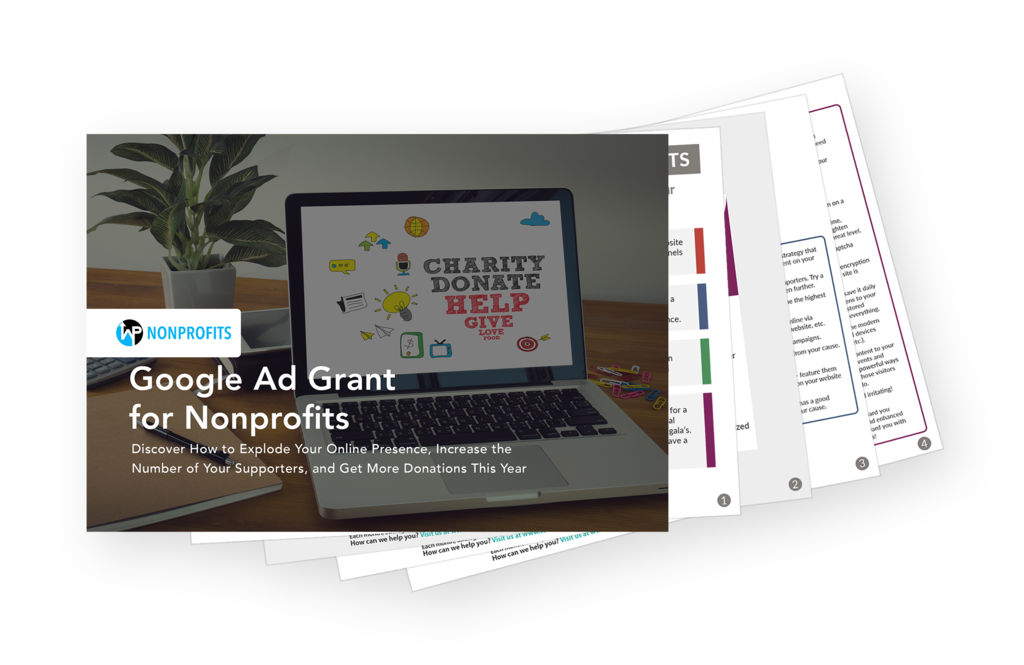

Retaining Peer to Peer Fundraisers and Donors
If you regularly follow our blog, you know, we love peer to peer fundraisers and campaigns. They’re a great way for the people who love your organization to bring in the people that they love. In addition to being a great way for the people who love your organization to get involved and feel great about their volunteering!
Whether Nonprofits realize it or not, most of the people who give to peer to peer fundraisers are only giving because they love the people fundraising. Yes, they may have heard of your organization before and they may like the work you’re doing, but would they have actually donated without a loved one asking them to? Most likely not.
However, the people who are the fundraisers, already love your organization and our best guess is you’ll want them to be repeat peer to peer fundraisers, so it’s really important to do everything in your power to make this an A+ experience so they'll also want to be a repeat fundraiser.
How to make the experience feel good for the fundraiser:
It begins with the signing up and setting up process. Again, if you follow our blog, we say this at nauseam: test everything before it goes out. If your fundraiser is having trouble at the first step because your team didn’t test the forms and links before it went out, that not only looks bad, but it also feels bad for the fundraiser. The experience should be nothing but positive from the get-go.
Now that we’ve got that in your head about testing the information, it’s time to get into what makes a good experience right off the bat. There should not be a page or step in your signup process that doesn’t include the following:
- THANK YOU’s! We’ll come back to this, but the first thing a fundraiser should see before officially signing up is a thank you. Let them know they are appreciated and that what they are doing is absolutely meaningful to your organization.
- Impact: what their fundraising will help for. Be as specific as you can. If you are able to say $1,000 will help to cover a family’s utility bills and grocery bills while they’re focusing on taking care of their sick child, do so! Having an emotion right at the beginning elevates your fundraiser’s efforts.
- Resources: It’s likely that your fundraiser is new to this, especially if this is something new your organization is trying. If your time allows, make downloadable resources. For example, some people don’t know how to solicit donations. If you were to make a downloadable PDF (doesn’t have to be fancy, just put your logo on it) that listed 3 ways to solicit donations, that may put your fundraiser at ease. It will also allow them to see the expectations.
Once your volunteer has signed up, it’s good to have a staff or board member reach out to them throughout the process of fundraising to check in. This is meant to see how they are doing and let them know that they are not alone — thank you’s during this action are always encouraged. In addition to checking in, send out email updates. It doesn’t have to be anything elaborate, but a simple “Hey there! So far we’ve raised $30,000 out of our $60,000 goal — we couldn’t do it without you. Keep up the great work! Thank you! Thank you! Thank you!” Dropping that line shows that, again, you haven’t forgotten about them and it motivates your team. We don’t know about you, but when we see a number in relation to our goal, it gets us pumped! Sending 2 or 3 of these updates throughout the fundraising period is a good goal to set.
After your fundraiser has concluded, let your volunteers know how much was raised. Thank them. Tell them the impact that this will have on your organization. If your organization has the capacity, send them a sweet imprinted gift with your logo on it. A t-shirt, mug, or other promotional item is a great way to say thank you, and if it’s unexpected it’s even better! In this package that you’ll mail to them, include a thank you and even a call to action to sign on board for next year’s campaign — if you’re feeling bold!
Ensuring you follow what seems so small, will make your fundraiser’s experience so much better. It’ll be a smooth, easy, gratifying process.
How to retain peer to peer donors:
As we said above, the reason why a donor is giving to a peer to peer fundraiser is most likely because they love the person who is asking and holding the fundraiser. That’s not to say they don’t like your work because we have news for you, if they didn’t like your organization, they wouldn’t donate. So, how exactly do we retain these people?
After they’ve donated, an email should go out to that person within 24 hours.
In this email include the following:
- Personalization: Customize your email so that their first name, or salutation, shows up on the email. Don’t forget to make this a requirement on the donation form!
- Gift amount: Thank them for their exact donation.
- Impact: Tell them what your organization can do with that money. Like above, if their donation can cover utility bills, or groceries, or a hospital bill — do not hold back on letting them know. Create the emotion that will eventually begin to draw them into your organization.
- Thank you: Conclude with a big, over the top thank you. This should come from your Executive Director, President, or Board of Directors (maybe all three depending on your Nonprofit). Use this language, or something along the lines of, “we couldn’t do what we do without kind donors like yourself.” They are already feeling the emotions, and now they will start to feel a connection.
Once the fundraiser has concluded, touchback with the donors. This should happen within two weeks of having your final numbers. In this email you should also include the following:
- Personalization: First names or salutations!
- Final amount raised: Tell the donors exactly how much was raised in total from this fundraiser. Here, you can also include their exact gift amount again by saying “with your generous donation of $50 you were a part in helping us surpass our goal and raise $66,000.”
- Impact: Let them read what you can do with the money raised. Play into emotions here!
- Invitation: Let us be very clear, do NOT invite them to make another donation. Under no circumstances, should you ever ask for someone to make a donation in your thank you’s. The invitation should be inviting them to participate — tour your facility, see packing food in action, visit community centers you were able to build. First off, this exclusive invite allows the donor to come see what you do and why your organization means so much to their loved one who they donated to. Second, this allows your development professional, board member, executive director, whoever to get time to be with these donors. Face to face time is invaluable.
- Thank you: Keep thanking these people profusely!
- Sign off: The point of contact with contact information in the signature. Phone number, email, and website should be included here. If there is something else that is specific to your organization, insert that too. Let the donor have a way to contact you, without being “in their face.”
- PS: Include a PS. Short and simple: “if you want to keep up with us, subscribe to our monthly newsletter.” Always include the frequency of your email so people know what to expect.
Peer to peer fundraisers are so much fun, and can be a great way to retain volunteers and bring in new donors and supporters. You just have to play your cards right. There’s no other time to start making these plans than now — Giving Tuesday and End of Year are just around the corner!














Giving Tuesday is coming! Start preparing today. | Website Development and Maintenance for Nonprofit Organizations says:
2020 Global Giving Trends | Website Development and Maintenance for Nonprofit Organizations says:
How Do I Reach Different Audiences for my Nonprofit? | Website Development and Maintenance for Non Profit Organizations says: